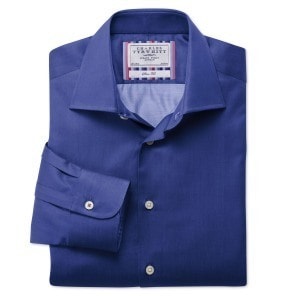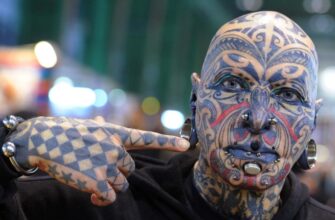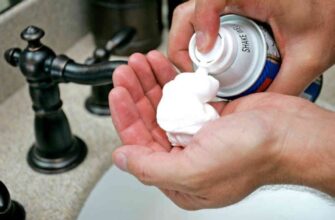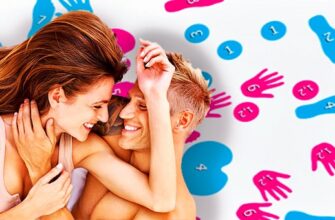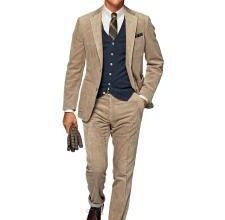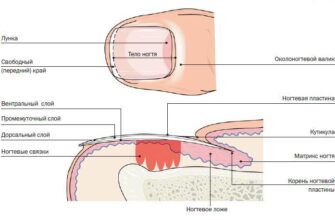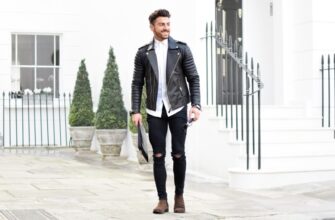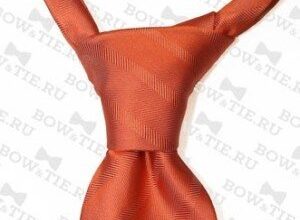Modern trends in organizing a comfortable workspace for company employees make it more and more accessible to the freedom to choose a dress code (style) of clothing. You've probably seen what the CEOs of large companies wear. Take, for example, Mark ElliotZuckerberg from Facebook or Tim Cook from Apple (Timothy DonaldCook). They tend to wear a plain T-shirt or dark shirt with casual jeans to work. Even at their performances in front of the world community, they do not come out in classic suits, but all in the same 'work' clothes.
In Russia and the CIS countries, the casual dress code is not yet so widespread, but the business casual style is gaining popularity every day. We will talk about it in this article.
What does 'Business casual' really mean? Literally from English, this phrase can be translated as 'Everyday business'. In fact, we call such a dress code business style, but Business casual is still more democratic. Let's take a look at this style of clothing and consider all the wardrobe made that can be used in a Business casual style.
Before listing all the elements of a basic business casual wardrobe, you need to make sure that the clothes you choose are the right size. Sounds strange, you say. However, I recommend reading short articles to know exactly how men's pants should sit and how a shirt should sit. In any dress code, it is important not how much your suit costs, but how it sits on you.
After you have made sure that the clothes are right for you and do not hang from all sides, you can begin to disassemble the Business casual style piece by piece and pick things up for yourself.
Basic elements of Business casual style
The ability to combine different colors and patterns of your clothes is more important than anywhere else in Business casual style.
Shirts
If you prefer Slim Fit or The Modern / Regular Fit shirts (you can read more about men's shirts here), then this is good, since classic shapeless shirts in Business casual will not work. Looking for a little fitted shirts.
The preferred colors are white, light blue and pale pink. A little later, when you are familiar with the basic colors, you can experiment with other colors and patterns. It is important to understand that you cannot wear a Hawaiian shirt in a Business casual dress code. Remember, it is better to choose a shirt with more classic tones and patterns with a rigid collar than a casual shirt, in which to flaunt only on weekends.

Lilac business casual shirt
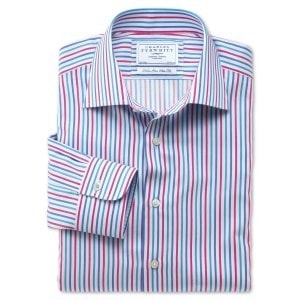
Business casual striped shirt
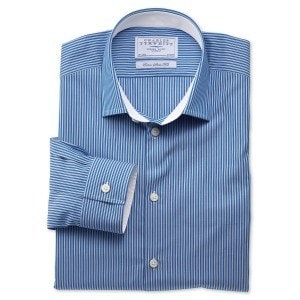
Business casual blue striped shirt
Trousers (pants)
The best choice of pants for a Business casual style is chinos or khakis. They are woven from cotton or cotton blend or anything else. Certainly not wool, which is used in tailoring classic trousers (you can read more about how to choose men's trousers in this article).
The preferred colors are dark blue and sand. Choose trousers with a slightly loose fit, not quite tapered. If you don't like classic colors, try wearing gray chinos. Some companies allow you to wear jeans, you can pick up more formal jeans in dark blue. Forget about jeans with cuts and holes. Shorts, by the way, should not be worn either.
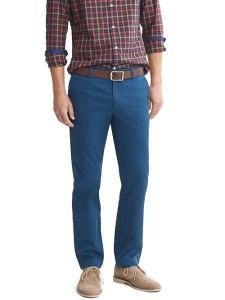
Light blue chinos
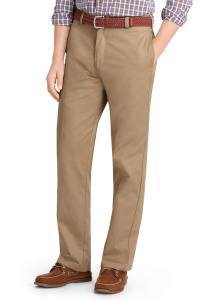
Khaki beige pants
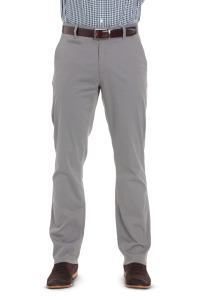
Gray Khaki Pants
Footwear
Classic men's shoes are the best for Business casual style. Moccasins, oxfords, derby, chelsea, monks or classic boots will be in harmony with your Business casual style (you can read more about men's classic shoes in this article).
The following colors are preferred: Burgundy, black, brown, dark brown, light brown. You can experiment with orange or red in the summer, but do it in combination with accessories of the same color.
 Brown leather topsides
Brown leather topsides 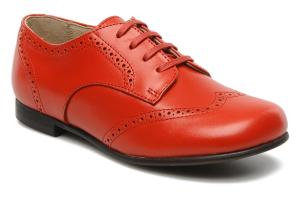 Red leather brogues
Red leather brogues  Black brogue chelsea boots
Black brogue chelsea boots
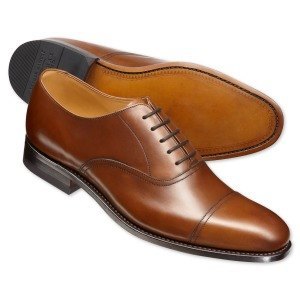
Classic Brown Oxfords

Brown classic monks
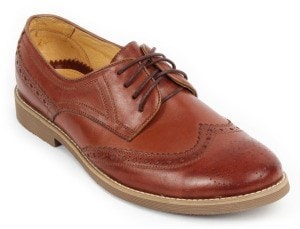
Brown leather brogues
Business casual style elements on request
The following dress code elements complement the chosen Business casual style.
Jacket / blazer
- A navy blue blazer is a classic element of any stylish man. It will never go out of style and is suitable for both a business meeting and a trip to the club. A universal option for all occasions.
- The tweed blazer is an English classic that will keep you warm in the cool fall or cold winter.
- The corduroy blazer is a well-forgotten fashion statement for a business man. If you correctly combine a corduroy jacket with trousers, you can get an interesting, non-standard look.
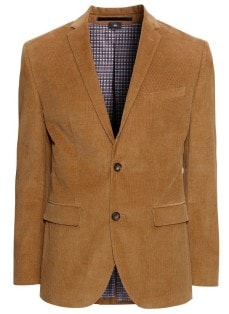 Brown corduroy blazer
Brown corduroy blazer 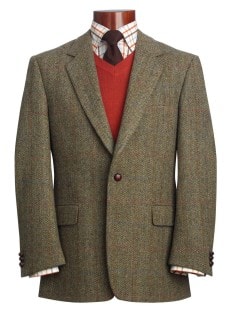 Tweed tracksuit jacket
Tweed tracksuit jacket 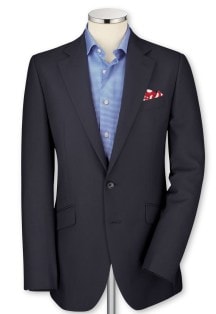 Navy blue blazer
Navy blue blazer
Jumper / cardigan
 Navy blue jumper
Navy blue jumper 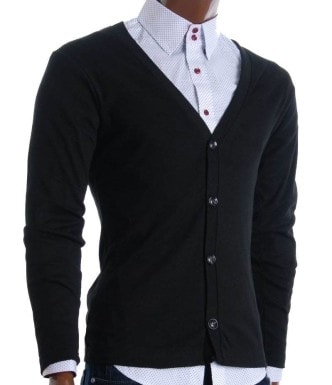 Black cardigan
Black cardigan  Beige V-neck jumper
Beige V-neck jumper  Lilac cardigan
Lilac cardigan
Accessories
Here, everything is simple. The fewer accessories the better. A watch, tie, pocket square, tie clip, and briefcase are an exhaustive list.
MEN'S ACCESSORIES IN OUR ONLINE STORE
GO TO STORE
How to dress in business casual style
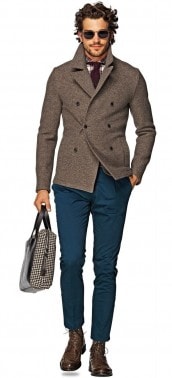 Double-breasted blazer paired with a plaid shirt and burgundy tie. Below are navy chinos and brown boots.
Double-breasted blazer paired with a plaid shirt and burgundy tie. Below are navy chinos and brown boots. 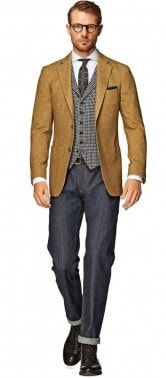 A golden jacket combined with a gray vest and a white shirt. Bottom – navy blue rolled up jeans paired with even brogues.
A golden jacket combined with a gray vest and a white shirt. Bottom – navy blue rolled up jeans paired with even brogues. 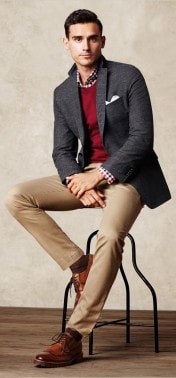 Checkered blazer paired with a burgundy sweater and plaid shirt. Bottom – beige chino and brown brogues.
Checkered blazer paired with a burgundy sweater and plaid shirt. Bottom – beige chino and brown brogues.  Woolen blazer paired with a jumper, shirt and jeans. The shoes are classic derby shoes.
Woolen blazer paired with a jumper, shirt and jeans. The shoes are classic derby shoes.

